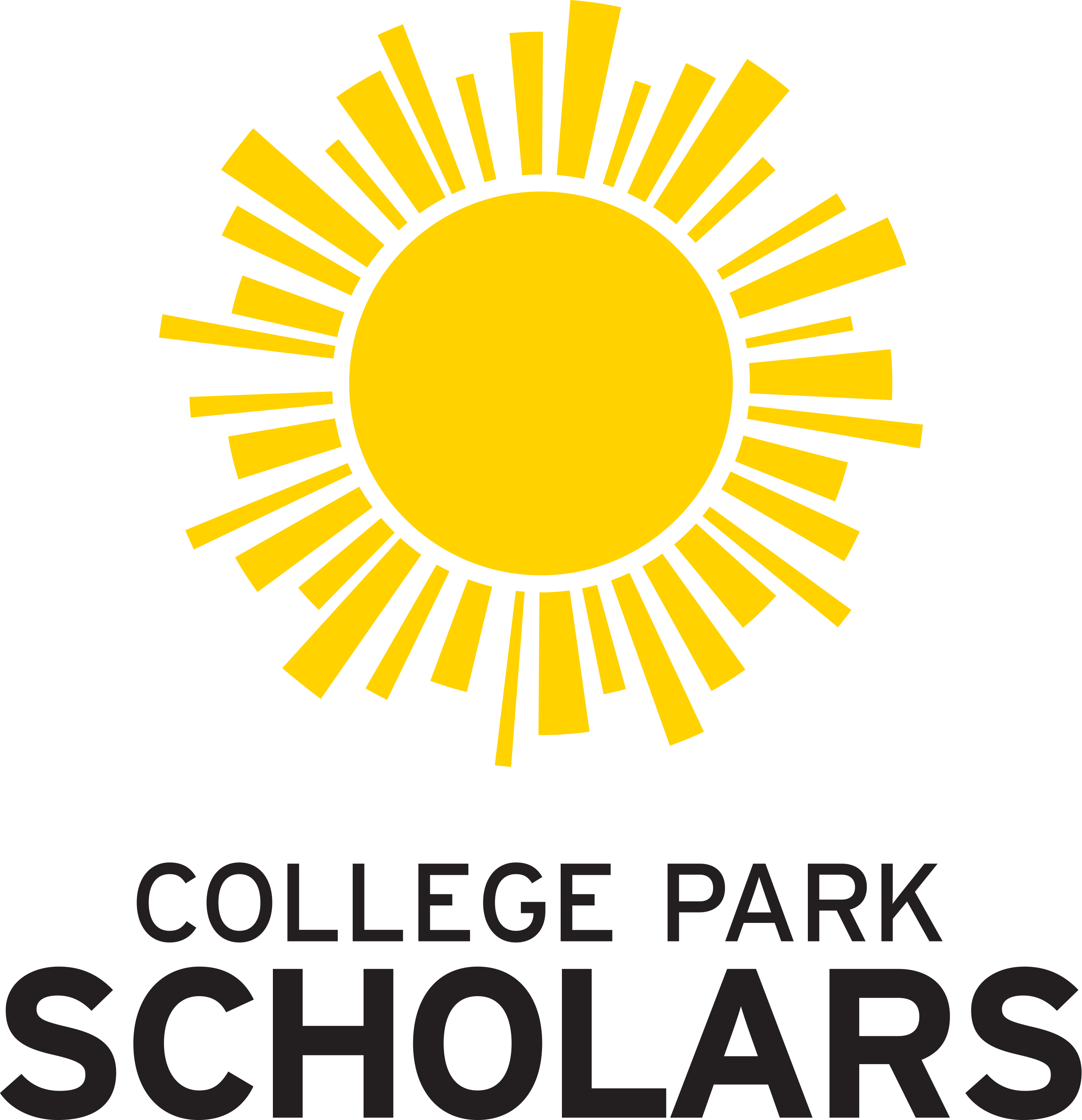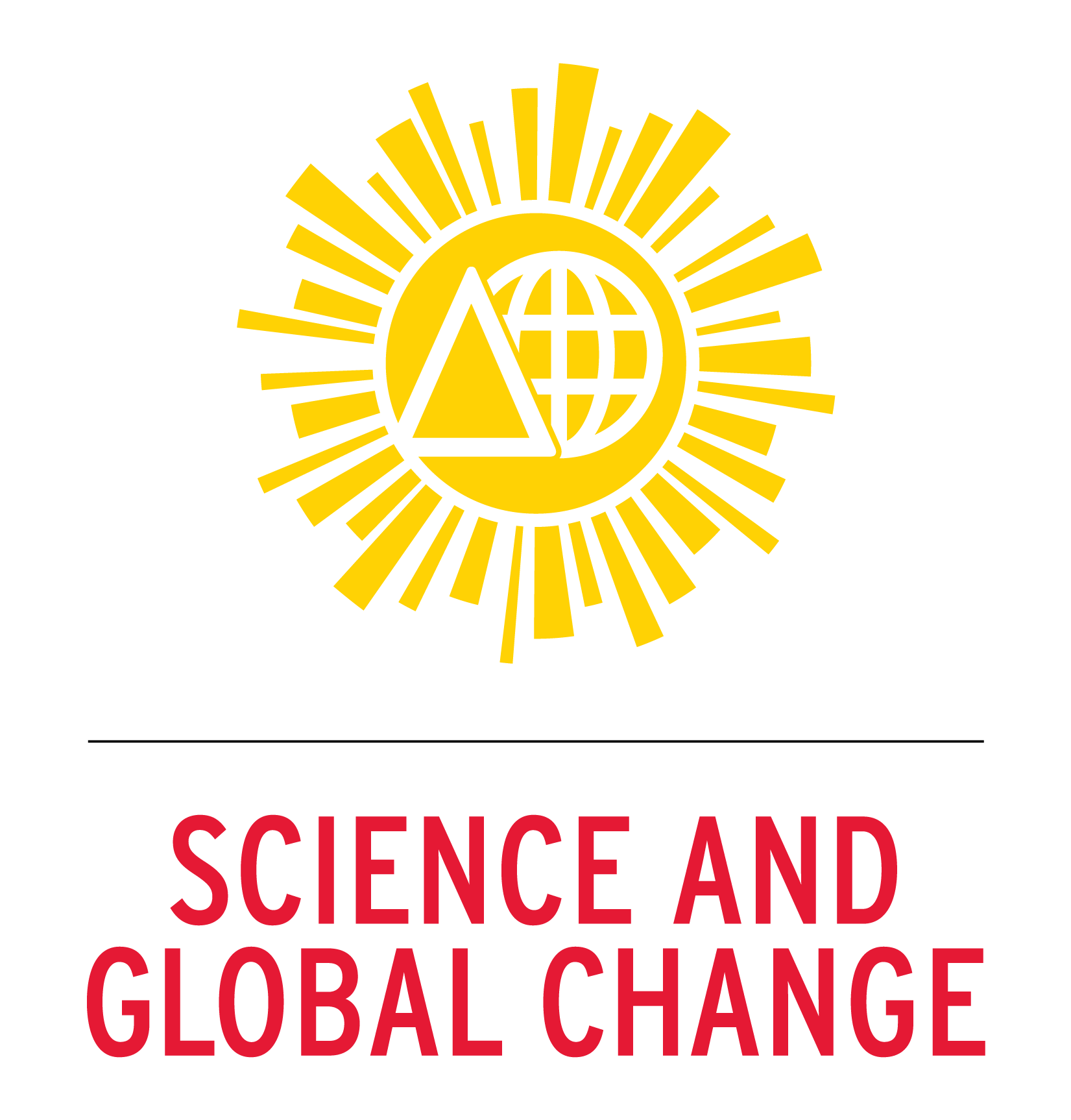


The site of my practicum was the Department of Plant Science and Landscape Architecture, and I tested the soil behind the Chesapeake building here on UMD’s campus. The first sampling site was right behind the Chesapeake building, and the other was at the end of the parking lot closer to the entrance of campus. As I found in my tests, the latter site had been used for construction prior, yet it had been left long enough that grass grew on top of the layers of gravel and clayey soil. The first site was simply a lawn with a few evergreen trees surrounding it, and some signs of erosion.
I found out about the EPA Rainworks project through an email that was sent to the entire environmental science and technology undergrad department. They were looking for ENST undergrads to help gather various data to make their rain garden proposals stronger. The person who sent this email out was Dr. Peter Ian May, who is a professor here at UMD in the ENST department. Another person to contact if you’re interested in the project is Dr. Byoung-Suk Kweon, one of my supervisors and a professor in the Landscape Architecture graduate department. The EPA Rainworks project is entered every year by UMD, so there will likely be an opportunity every year to participate. On a more general note, emailing professors and asking around about projects you could potentially work on is always a great idea. My advice is to be persistent in your communications, sometimes you have to email twice to ask a question since people are busy. They won’t get mad, most people appreciate a reminder if it has been a few days.
My job was to test the soil behind the Chesapeake building to see if it was suitable for the species proposed for the rain garden; including Antietam Blush Apple and Persimmon trees. To achieve this, I tested the pH, % organic carbon, % organic matter, % water content, average water infiltration rate, % clay content, and classification of the soil. Some tests were simpler to carry out, like the pH test where I only had to add deionized water to a sample of the soil and put the pH meter inside that slurry. Others, like % organic matter, involved taking a soil sample and placing it over a bunsen burner. I waited 2-3 hours for all of the organic matter to burn (once finished, the soil will take on a reddish color), and took a measurement of the burnt mass in comparison to the mass of the sample originally (but microwaved, to remove any water).
Almost all of these tests were techniques I learned in my soil sciences class I took that semester. It was a great opportunity to apply all the knowledge I learned to a real-life scenario where the data was needed. The one test I hadn’t done previously was the average water infiltration rate test, where I had to take a metal device with two rings, pour water into both rings and measure the rate at which the water disappeared from the center ring. It was actually not possible for me to get this device into the soil for the second site due to its layer of gravel closely beneath the soil.
Because of this experience, I got a look into the world of landscape architecture here at UMD. Before this, I was not planning on going to graduate school, but I got a look into how landscape architecture proposals work - they are a marriage of science and art that I think is really fascinating as someone who is into both things. And so now I am considering graduate school. This project also reinforced for me that soil science is an often overlooked but incredibly important subsect of environmental science. This was a very valuable experience for me and I am so grateful to have met my wonderful supervisors and teammates who collaborated with me on this project. Our work paid off, too: we actually got an honorable mention for our proposal in the EPA Rainworks Challenge!
Signed, Lucy Hayes